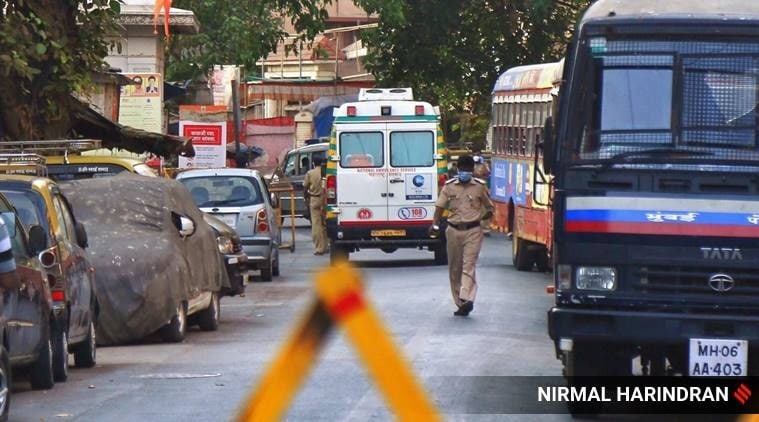 With around 2,500 new cases being reported across Maharashtra, the number of people with coronavirus is inching towards a lakh.
With around 2,500 new cases being reported across Maharashtra, the number of people with coronavirus is inching towards a lakh.
A new set of guidelines have been prepared for managing Covid-19 in rural areas in the state, Dr Archana Patil, State Director of Health, told The Indian Express. Setting up fever clinics at primary health centres, identifying Covid care centres for each 10,000 village population, and managing patients with mild to moderate symptoms are among the key strategies being planned to help the already over-burdened tertiary care hospitals.
Akola, Amravati, Dhule, Jalgaon, Solapur and Aurangabad are among the districts in urban areas with a high number of cases, and the concern is to prevent the spread in rural areas, state health officials said. With around 2,500 new cases being reported across Maharashtra, the number of people with coronavirus is inching towards a lakh. While more than 41,000 people have recovered and been discharged, till June 8, there were 44,374 active cases in the state.
There are 75,759 beds available in quarantine institutions, of which 26,760 are occupied, Dr Pradeep Awate, state surveillance officer, said. While Mumbai and Pune have the highest number of cases, the concern is the large number of cases being reported from urban areas of Akola (834), Jalgaon (1,081), Solapur (1,419), Aurangabad (2,036), Nashik, Amravati and Dhule. “There are a lot of people who travel from the urban to the semi-urban and rural areas, and anticipating a rise in cases, we have prepared a draft of guidelines to be circulated to each district on preparedness measures,” Dr Patil said.
The guidelines mainly refer to categorisation of patients according to their symptoms, and patient management at district rural hospitals and primary health centres. Officials said the guidelines include information on which patient to refer to Covid care centres as per the geographical areas. Dr Patil said measures have been taken towards mobilisation of rural communities at the gram panchayat level so that there is no discrimination of patients who are Covid-19 positive.
Dr Subhash Salunkhe, chairman of the state’s Technical Committee for Communicable Diseases, said that in addition to the tertiary care hospitals, there was a need to manage Covid-19 patients at primary health centres and rural hospitals. “The aim now is to manage these new cases at the local level and equip the hospitals accordingly,” Dr Salunkhe said. “Due to the relaxation in restrictions, we are going to see an increase in the number of cases.” He added that efforts have to be taken to educate the community about prevention of the virus.
Deepak Mhaisekar, Pune Divisional Commissioner, said, “We are actively working to contain the spread of cases in the rural areas,” He added that for instance, of the 341 detected cases in Pune rural, now only seven are active. At Kolhapur rural, a total of 639 were detected, of which now 207 are active, and in Satara, out of 558 detected cases, 253 are now active. “We are ensuring that there is no horizontal spread of Covid-19,” he said.
Pune has adequate number of beds: Divisional Commissioner
Pune Divisional Commissioner Deepak Mhaiskar, who visited Wipro hospital to check the 450-bed facility that has been set up to treat moderate cases, said presently there are adequate beds in Pune in case of a surge in cases. There is no shortage of ventilators or beds with oxygenation facilities,” he said. “There are 166 people who require oxygenation presently and as per our data, a total of 1,500 such beds are available. We are not too sure about what kind of surge is anticipated as there are different prediction models, but facilities are being upgraded.”